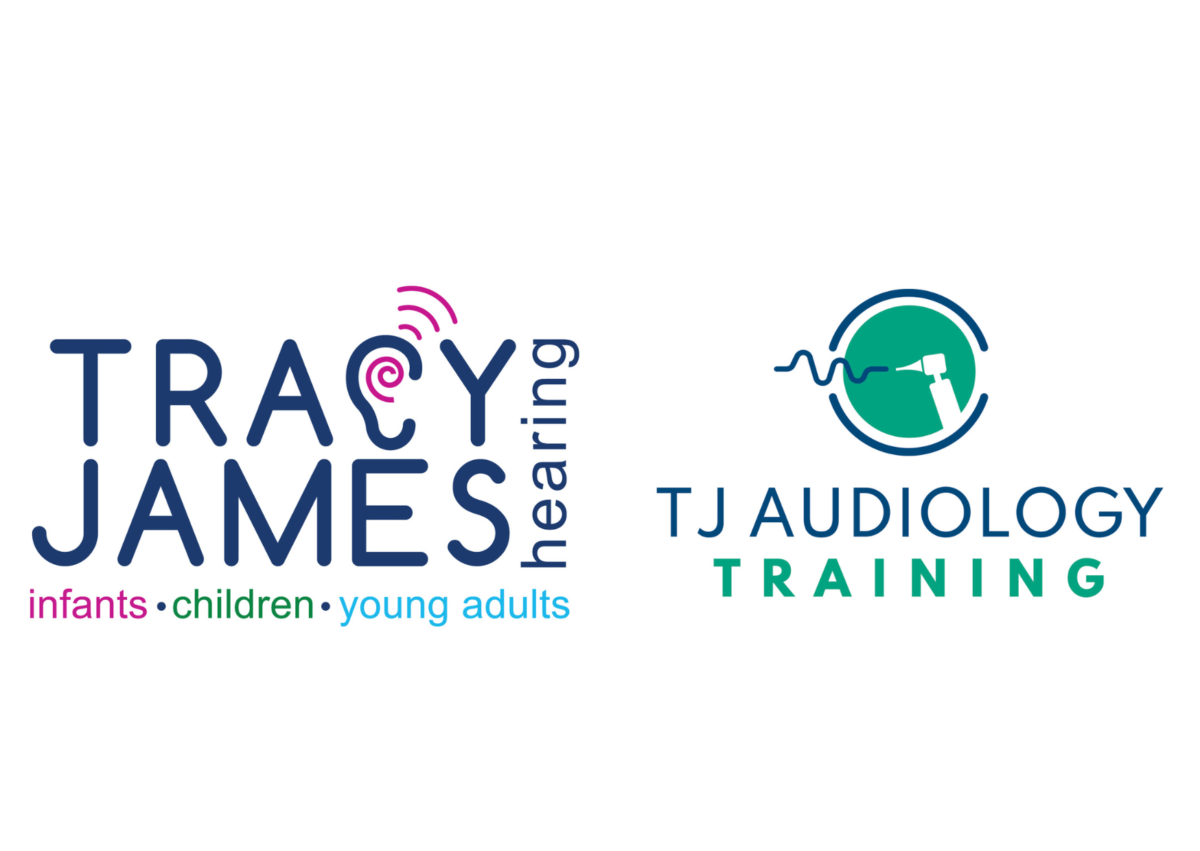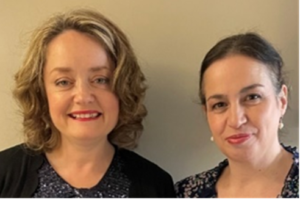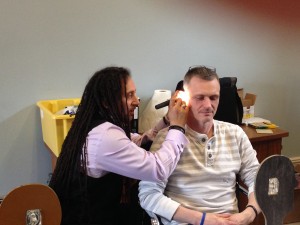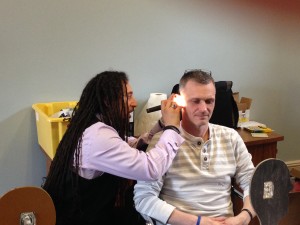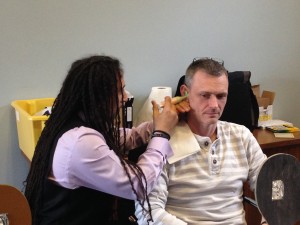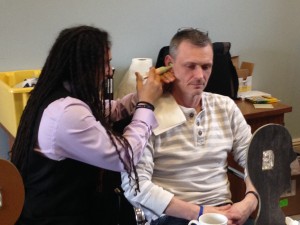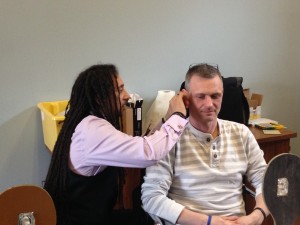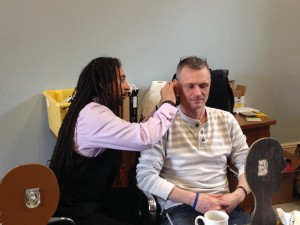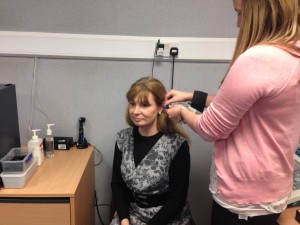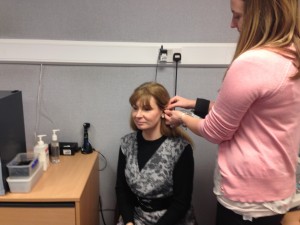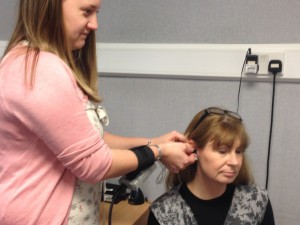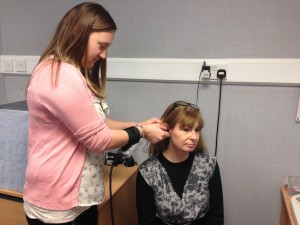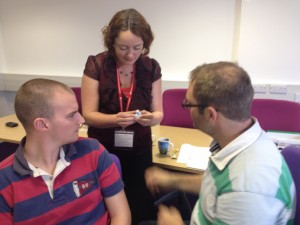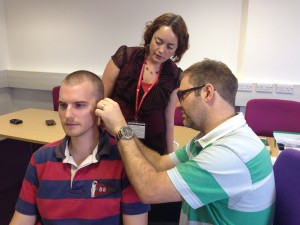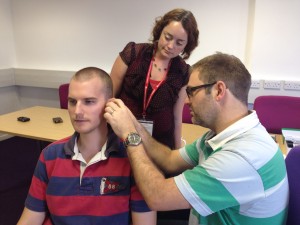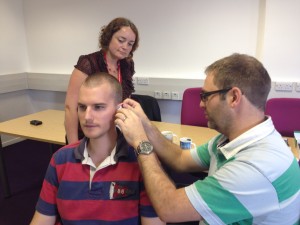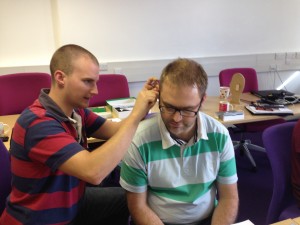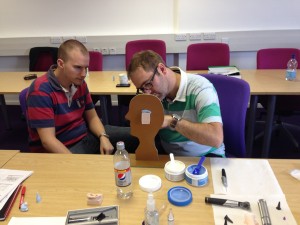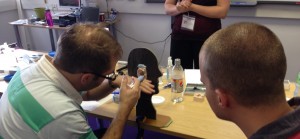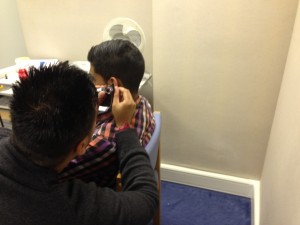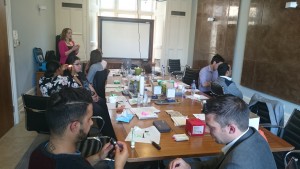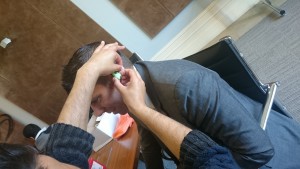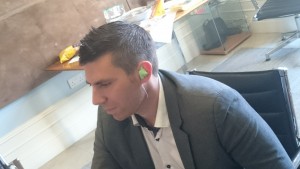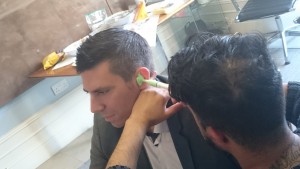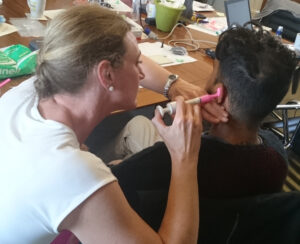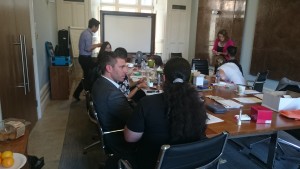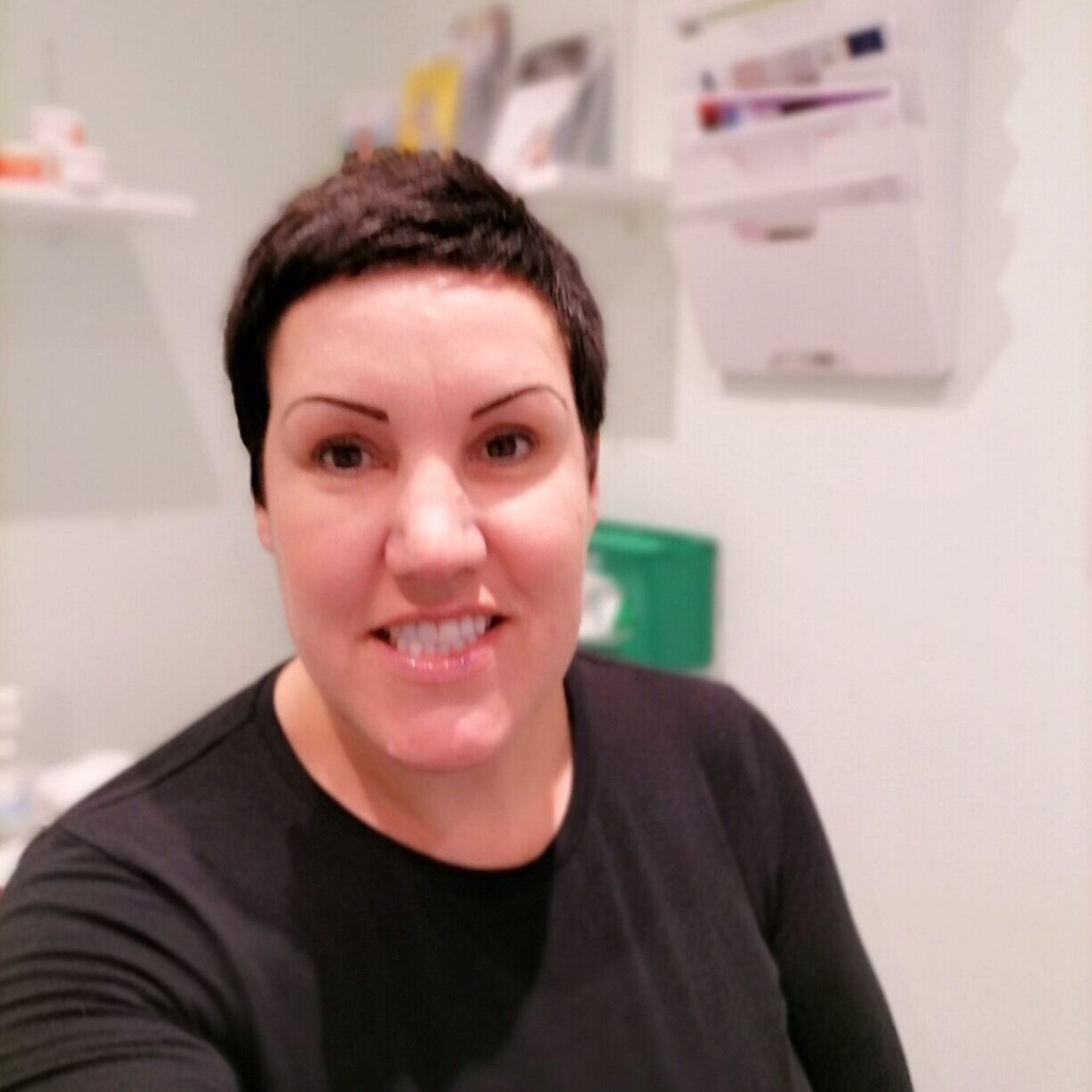Glossary of Audiology Terms:
We have put together a list of some words/terminology that might be used during your course. If at anytime your course trainer uses a word/term that you don’t fully understand please do ask for the meaning – your trainer will be happy to explain. You can download this information here.
Audiologist – health care professional who is trained to evaluate hearing loss and related disorders, including balance (vestibular) disorders and tinnitus, and to rehabilitate individuals with hearing loss and related disorders. An audiologist uses a variety of tests and procedures to assess hearing and balance function and to fit and dispense hearing aids and other assistive devices for hearing.
Ear canal / external auditory meatus / external acoustic meatus (EAM) – the canal extending from the opening in the external ear (pinna) to the tympanic membrane.
Mastoid / Mastoid process – a large, bony prominence on the base of the skull behind the ear, containing air spaces that connect with the middle ear cavity
Mastoid cavity – the removal of mastoid cells (usually following infection) results in a mastoid cavity. Sometimes the mastoid cavity is left open into the ear canal.
Retraction of the eardrum – the tympanic membrane is pulled inwards by the negative pressure within the middle ear. Discrete portions (sometimes weaker areas) of the tympanic membrane that are pulled inwards are known as retraction pockets.
Exostoses of the ear (swimmers ear) – the abnormal formation of a bony growth on the ear canal.
Otitis externa – inflammation or infection of the external ear.
Cholesteatoma – A tumour-like mass of keratinizing squamous epithelium (replacing skin cells) and cholesterol, usually occurring in the middle ear and mastoid region.
Otosclerosis / Ossicular Fixation – formation of new bone about the stapes or cochlea, resulting in conductive hearing loss.
Ossicular Discontinuity / Ossicular Chain Disruption – a loss of normal alignment between the three inner ear ossicles, resulting in conductive hearing loss.
Grommet – a small tube inserted into the eardrum in cases of glue ear in order to allow air to enter the middle ear
Acute Otitis Media – a middle ear infection of abrupt onset that usually presents with ear pain.
Otitis Media with Effusion (Glue Ear, OME) – the presence of non-infectious fluid in the middle ear
Suppurative Otitis Media – middle ear inflammation that results in episodes of discharge from the ear
Tympanosclerosis– the medical term for scarring of the ear drum. Scarring occurs after the ear drum is injured or after surgery
Decibel – The decibel (dB) is a logarithmic unit that expresses the ratio of two values of a physical quantity, often power or intensity : 20 log10 p1/p0

